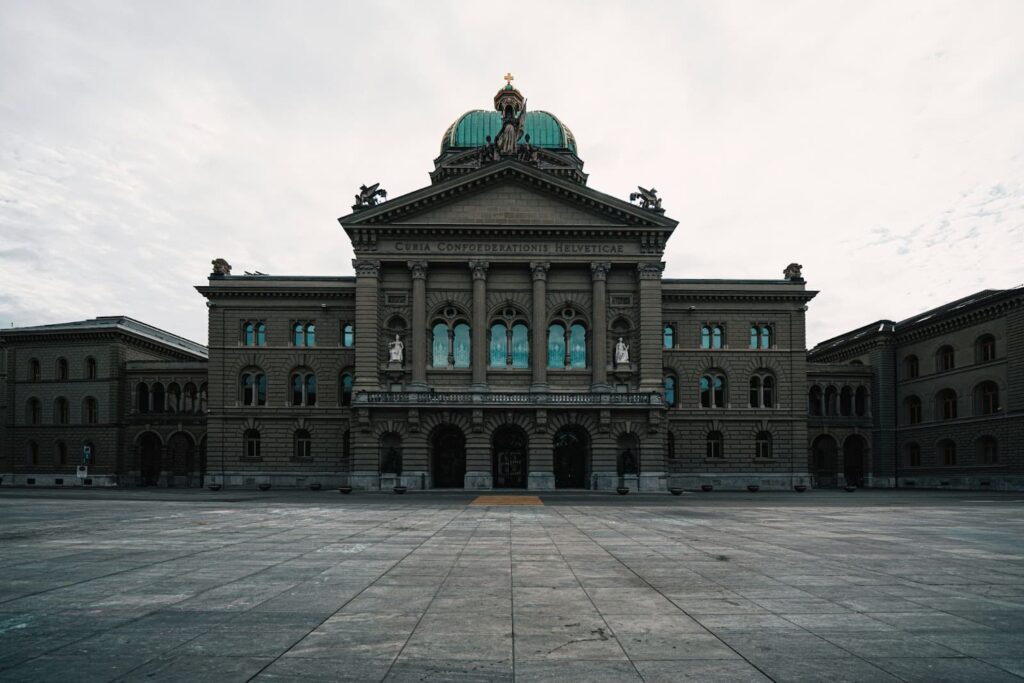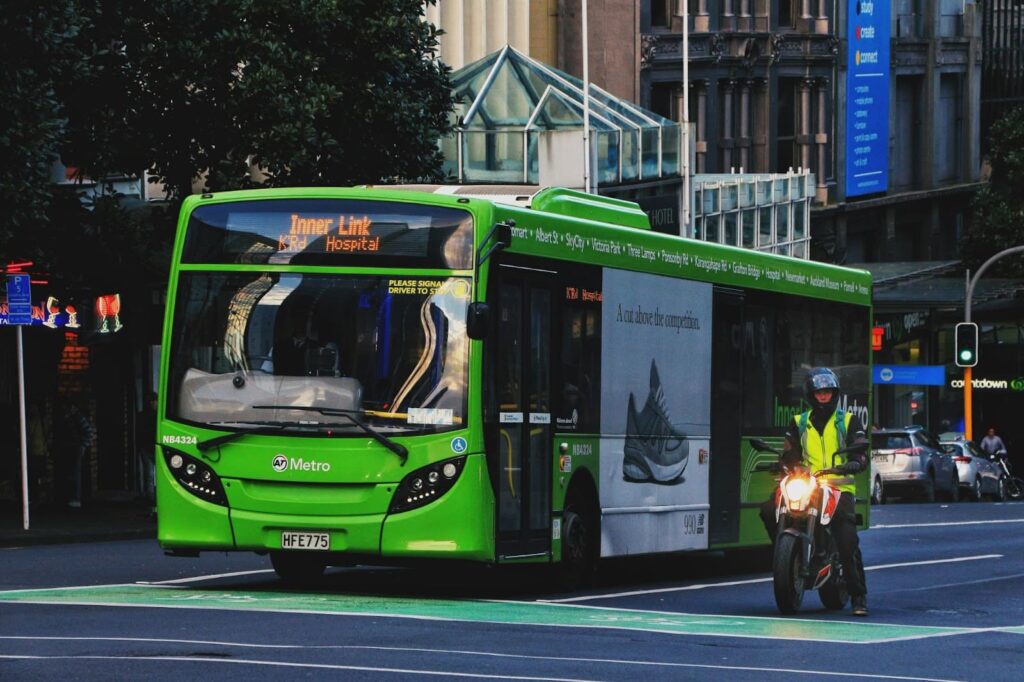Downtown areas are more than just business districts—they’re the cultural, economic, and social hubs of a city. Whether it’s a towering skyline, a historic square, or a buzzing arts district, downtowns attract commuters, tourists, and locals alike. But with this magnetism comes a challenge: how do you move thousands—sometimes millions—of people through a compact space every day?
As cities evolve, so does the way we think about downtown transportation. Gone are the days when it was all about cars and parking garages. The modern downtown is becoming a multi-modal environment, where efficiency, sustainability, and accessibility are just as important as speed.
Private bus rental by Bus EU is a smart and efficient way to travel in downtown areas, especially for groups. It reduces the hassle of coordinating multiple vehicles, limits parking issues, and keeps everyone together on a set schedule. With professional drivers who know the city layout, it’s also a safer and more stress-free way to navigate busy urban streets.
Here’s a fresh look at transportation in downtowns, how it’s changing, and what it means for the future of urban life.
🏙️ Why Downtown Transportation Is Unique
Unlike sprawling suburbs or industrial zones, downtowns are dense, diverse, and dynamic. A single block might include high-rise offices, residential lofts, concert venues, food trucks, and underground train stations.
What Makes It Different:
- Limited space but high demand
- Constant foot traffic and event-based surges
- The need to serve commuters, residents, and tourists all at once
- Environmental pressure to reduce congestion and emissions
Transportation solutions in downtowns need to be adaptive, layered, and people-first.
🚶 1. Pedestrian Movement: The Foundation of Downtown Mobility
In most downtowns, walking isn’t just a choice—it’s a necessity. And for good reason: pedestrian movement is the most efficient and democratic form of transportation in dense areas.
Urban Trends:
- Expanding sidewalks and pedestrian zones
- Building car-free streets (like Times Square or Santa Monica’s Promenade)
- Adding street-level amenities like benches, shade, and interactive art
🦶 Cities that prioritize walking see benefits in public health, retail foot traffic, and urban vibrancy.
🚲 2. Micro-Mobility: Small Wheels, Big Impact
E-scooters, bikes, and e-bikes are revolutionizing the “last mile” of downtown transit. These tools offer speed without space-hogging, and are ideal for short, spontaneous trips.
Features of Successful Micro-Mobility Networks:
- Well-marked and protected bike lanes
- Shared mobility programs with real-time availability
- Docking stations near transit stops, shopping areas, and offices
💡 Cities like Copenhagen and Portland show that when cycling infrastructure is safe and inviting, usage skyrockets—even in winter.
🚊 3. Public Transit: The Lifeline of the Urban Core
Subways, trams, light rail, and buses continue to be the backbone of downtown transportation. But today’s riders expect more than just function—they want speed, cleanliness, and tech integration.
Emerging Trends:
- Bus Rapid Transit (BRT) systems with dedicated lanes and smart signals
- Real-time tracking and app-based ticketing
- Environmentally friendly fleets (electric, hybrid, or hydrogen-powered)
- Revitalization of streetcars and heritage trolleys for tourism and nostalgia
🚍 Reliable public transit isn’t just convenient—it also reduces car dependency and levels the playing field for all commuters.

🚗 4. Rethinking Cars: From Dominant to Just One Option
While cars once ruled downtowns, their dominance is being re-evaluated. Traffic, noise, parking shortages, and emissions have prompted many cities to shift the balance toward shared or reduced car use.
New Approaches:
- Congestion pricing (as in London and New York)
- Reducing parking spaces to discourage unnecessary driving
- Promoting carpool lanes and ride-sharing hubs
- Electric vehicle charging stations integrated into parking decks
🚧 The goal isn’t to eliminate cars—but to make them one option among many, not the only one.
🛴 5. On-Demand & Flexible Mobility
Downtown travel is also being reshaped by technology-driven flexibility. Think of ride-hailing apps, demand-responsive shuttle services, and multi-modal platforms that plan routes using buses, bikes, and scooters in one app.
Growing Tools:
- Mobility-as-a-Service (MaaS) platforms combining trip planning and payment
- Real-time crowding info on transit
- City-backed ride-shares for off-peak or underserved routes
📱 The future of downtown transport is personal, digital, and fluid—tailored to the user, not the infrastructure.
🌿 6. Sustainability & Space Reclamation
As climate concerns rise, cities are reimagining streets as more than just paths for vehicles—they’re becoming shared spaces for people, nature, and community.
Innovative Examples:
- Turning former traffic lanes into bike lanes, green spaces, or outdoor dining
- “Slow streets” initiatives with speed limits for mixed use
- Smart traffic systems to reduce idling and pollution
🌳 A sustainable downtown is a livable downtown—transportation must reflect that.
Transportation in downtowns is no longer about moving vehicles—it’s about moving people smartly, safely, and sustainably. The most successful urban centers are those that layer multiple modes—walking, cycling, transit, ride-share—into an interconnected, human-centered system.
As cities grow and adapt, downtown transportation will continue to evolve—not just as a means of getting from A to B, but as a reflection of what the city values most.
🚦 The future of downtowns isn’t faster cars—it’s smarter streets.
🚶♂️🚲🚉 Let’s design them for the way people really move.
